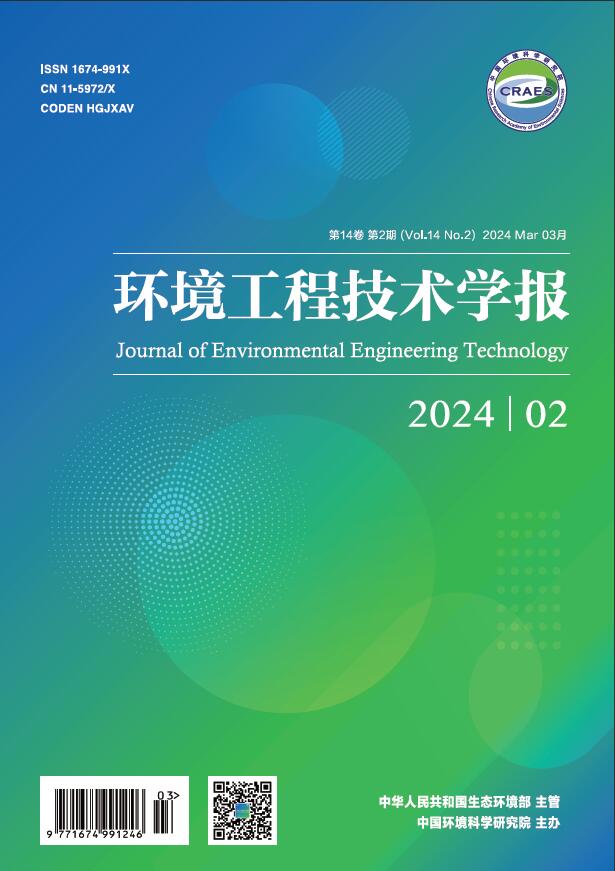Abstract:
The influents of 24 wastewater treatment plants (WWTPs) in Tianjin were investigated to analyze the characteristics of water quality, the probability distribution of the main pollution indicators, and the correlations among the organic matter, suspended solids, nitrogen and phosphorus. The results showed that the trend of BOD5, CODCr, SS, NH3-N, TN and TP in the influents were in accordance with positively skewed distribution, and the concentrations of BOD5, CODCr, SS, NH3-N, TN and TP (monthly median) were in the range of 95-140 mg/L, 280-370 mg/L, 130-155 mg/L, 15-30 mg/L, 20-35 mg/L and 3-5 mg/L, respectively. Simple linear relationships among the six indicators could be observed, where BOD5 and TP have a significant correlation, and the correlation coefficients R2 was 0.983. The probability distribution of BOD5/CODCr ratios between 0.4 and 0.6 was 39.4%, and between 0.2 and 0.4 was at 50.2% of the cumulative frequency, indicating an adequate biodegradation ability of the influents. The probability distribution of BOD5/TN ratios less than 4 was 54.4%, 77.9% of the BOD5/TP ratios were above 20, which could meet the demand for biological phosphorus removal but not for denitrification. The probability distribution of TN/TP ratios between 5 and 15 was 73.6% with an average of 9.7, and 81.6% of the values were above 5. Therefore, the influents could meet the demands of nitrogen and phosphorus for microbial growth.


